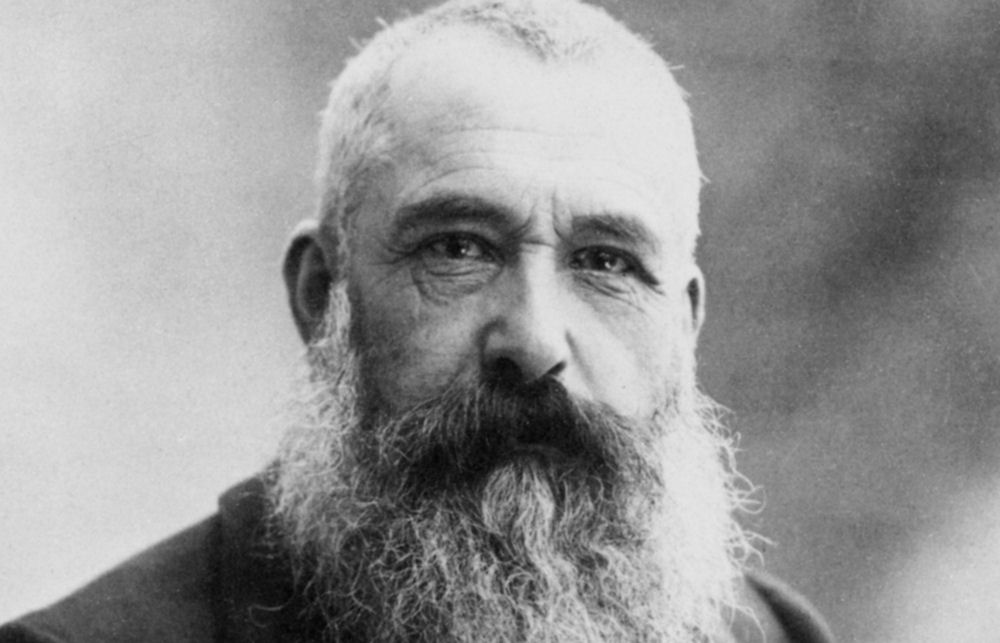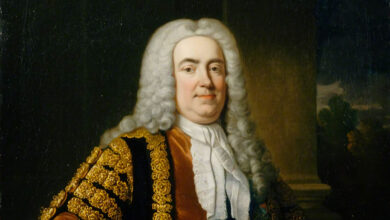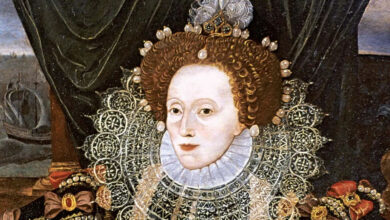
“Colour is my day-long obsession, joy, and torment.” – Claude Monet
Podcast: Play in new window | Download
Subscribe: Spotify | Amazon Music | Youtube Music | RSS
Claude Monet Biography
Claude Monet is one of the most famous artists of all time. Born on November 14, 1840 in Paris, France, he was artistic even as a young child. Instead of focusing on his studies, he was prone to doodling caricatures of his classmates, teachers and anyone else that captured his imagination. He soon found himself in the company of Eugene Boudin, a landscape artist who taught him to paint ‘en plein air’, or in the open air. This was the inspiration that Monet needed and he would work this way through his entire career.
Monet’s impressionist works have captured the imaginations of generations of art lovers from every walk of life. It is a romantic story of a misunderstood artist with troubles beyond that of everyday people. He has been depicted as the epitome of the struggling artist – poor, depressed and unable to make a living doing what he loved, but nothing could be further from the truth.
Monet, was actually quite wealthy for most of his life, and especially so in the later years. He did run into money troubles here and there, but it wasn’t because his art didn’t sell. It was more to do with his excessive spending habits. In reality, his works commanded high prices and Monet became more and more wealthy over time.
Monet wasn’t the average guy, even for his time. He became a father for the first time before he was married, although he did ultimately marry the child’s mother. It’s said that he shirked his military responsibilities by faking a medical condition so that he could be dismissed. Later, after the death of his first wife, Camille he became involved with a married woman named Alice – his friend’s wife – and eventually the two set up home together. These were considered scandalous activities, to say the least, yet it never seemed to make any difference to him, he simply lived his life as he saw fit.
Unlike other artists of his time, Monet’s paintings, at least in the early part of his career, were actually flat-out rejected by the art community. One of the best examples of this was a painting entitled Impression: Sunrise, which was completed in 1873 and was shown at an independent exhibition in 1874. It got very strong criticism because of the indistinct forms, unfinished appearance and apparent loose handling.
This painting and others like it didn’t sit well with the art world at the time. He was often told that his work was merely an impression of reality. Undaunted, Monet actually embraced the insult and took on the title of Impressionist painter and wore it as a badge of honour.
It wasn’t just the end-product of Monet’s paintings that was unique, some of his methods were unique too. For example, he liked to work directly on large-scale canvases outside. When he had a rough draft ready, he would complete it in his studio. He had a strong desire to capture nature as accurately as possible which caused him to flat out reject European ideals of proper composition, colour, and perspective. He was heavily influenced by Japanese woodblock prints and strove to show asymmetrical arrangements and to emphasize two-dimensional surfaces by ignoring linear perspective and the common three-dimensional modeling of other artists.
Monet chose subjects that he knew best, the people and landscapes that surrounded him. He rarely painted anything that he was not intimately familiar with. In fact, both his first wife, Camille and his second wife, Alice, acted as models for many of his paintings.
His landscapes document the journeys he, his family and friends took around the north of France and London, during the Franco-Prussian War of 1870 – 1871. By 1883, after he had returned to France, Monet had moved to a rural home in Giverny, where he spent the rest of his life. This is where he and his friends, including Manet and Renoir would gather to paint and discuss life.
Édouard Manet was a dear friend of Monet’s and he spent many hours observing and painting the Monet family. Renoir was also known to have spent countless hours painting in the gardens while Monet worked nearby and his family lounged about. It must have been an amazing place to be, surrounded by such beauty and the undeniable talents of some of the best artists to ever walk the face of the Earth.
In the late 1800’s, Monet focused his efforts on several series’ of landscapes that were meant to record how the appearance of the site changed with the time of day. It is said that he set up canvases all around his room, moving from one to the next in order to capture the ever-changing play of shadow and light that he so loved.
By the early 1900’s, Monet had narrowed his focus to one special obsession – a water-lily pond that he created on his Giverny estate. This series of works depicts the pond and the beautiful lilies that floated on its surface on mural-sized canvases. Broad, bold strokes of color and intricately built-up textures capture every nuance of the pond from a perspective few could ever imitate. The water lily paintings would be his concentration for the first twenty years of the 20th century.
Alice died in 1911 and only three years later, Monet’s eldest son also died. At around the same time, Monet’s eyesight had started to deteriorate as he started to develop cataracts. In 1923 he had an operation to have them removed and the effect this had on his paintings is very noticeable. The paintings done while he had cataracts had a distinct reddish tone to them, while the ones after they were removed were bluer. He even re-painted some of his earlier works to correct the reddish tone.
On the 5th December 1926, after suffering from lung cancer, Claude Monet died. He was 86 years old and he is buried in the church cemetery at Giverny.
Podcast: Play in new window | Download
Subscribe: Spotify | Amazon Music | Youtube Music | RSS
If you would like to learn more about Claude Monet, including details of over 70 of his incredible works of art, please check out the Claude Monet page at Artsy.net.



